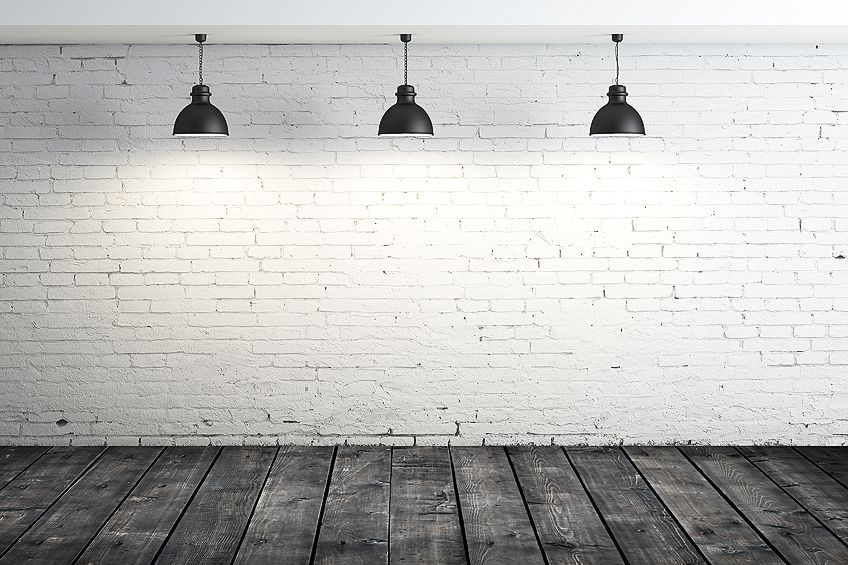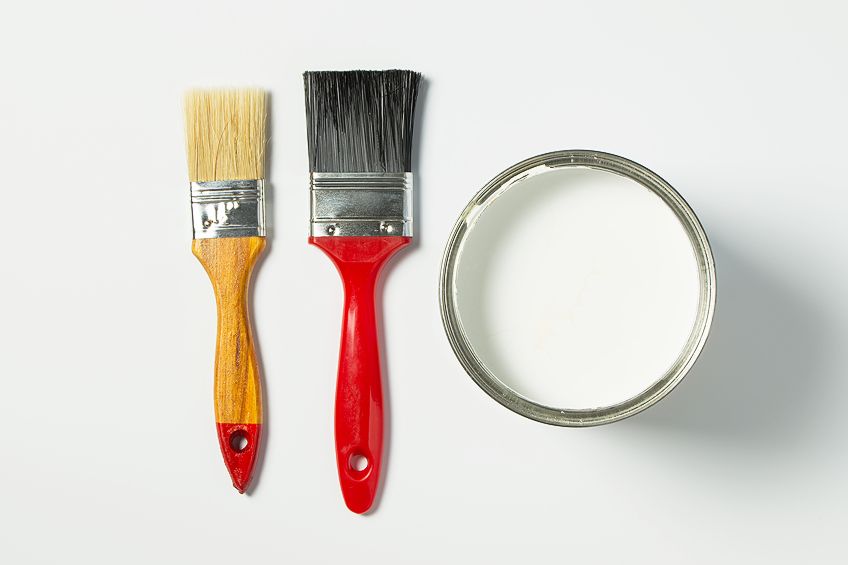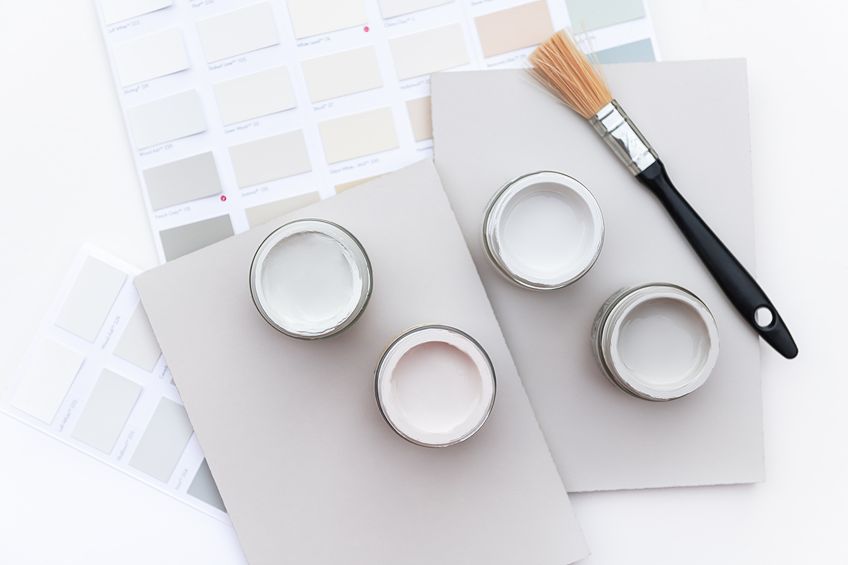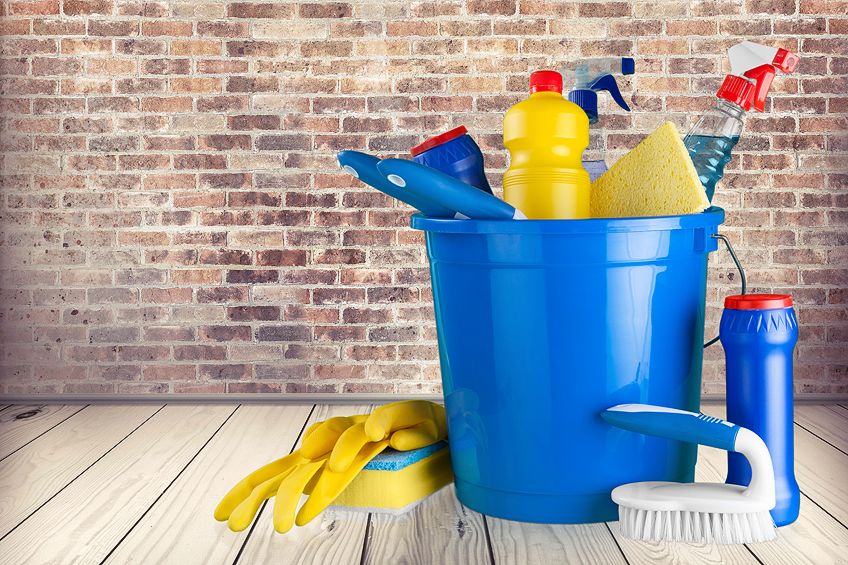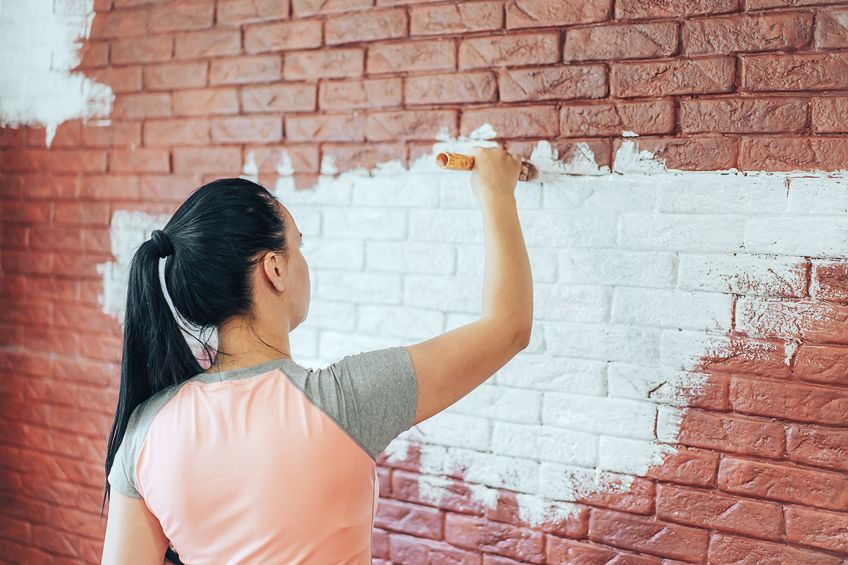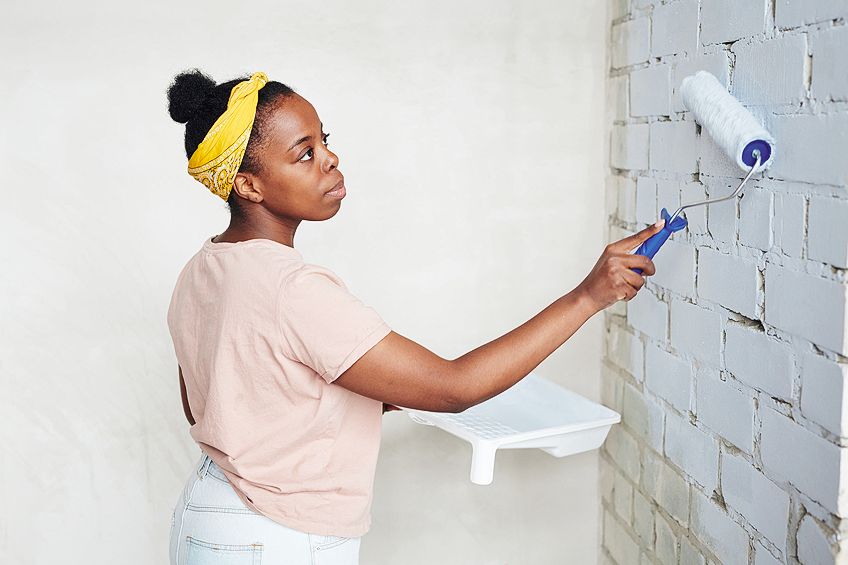How to Whitewash Brick – A Simple Guide to Whitewashing Brick
This post may contain affiliate links. We may earn a small commission from purchases made through them, at no additional cost to you. You help to support resin-expert.com
The great thing about unfinished brickwork is that it requires very little maintenance, if any at all! Quite frankly though, exposed brick can look a little harsh, especially when used as an interior feature. Choosing whitewashed brick is a great way to tone down the harsh color of brick as well as bring a softer and more welcoming aesthetic to your brick fireplace, accent wall, or even your entire house. In this article, we will show you how to whitewash brick using latex paint and provide some tips and tricks to help you achieve beautifully whitewashed brick that you will love!
Table of Contents
Limewash vs. Whitewash vs. German Smear
Limewash is the original whitewash. We could go a step further and claim that it is the original house paint. Limewash can be traced back to ancient Rome where limestone was broken up into a powder and burned before being mixed with water to make a paste. This paste would then be aged and later then mixed with water and painted onto finished walls. Sometimes natural pigments were added to this mixture to create tone and color.
The finished result has a chalky look that does not cover the imperfections on the wall, but instead seems to highlight them while softening the overall appearance of the structure.
Maybe the ancient Romans were also aware that lime has high alkalinity which naturally prevents microorganisms from making themselves at home on the surface of the wall. On top of that, this process is environmentally friendly and naturally free from nasty odors. The one downside to limewash is that there are limited color options.
If you are feeling adventurous you will be able to get your hands on lime in powder form but you will have to mix this yourself which can be tricky, especially if you want to add pigments. However, with the development of modern-day, water-based latex paints this wonderfully rustic look can be achieved with minimal effort. All that is needed is to water down your white latex paint and you are well on your way to enjoying the chalky, old-world charm of whitewashed brick!
Read on to find out more about whitewashing brick with latex paint!
Lastly, a german smear allows you to achieve a similar finish however instead of applying a latex whitewash or limewash one would use a mortar wash. This will add a lot of texture to the brick while partially covering some of the brick that creates an old-world aesthetic that you may find on a century-old cottage.
Whether you are thinking about a limewash, whitewash, or a german smear, the idea is pretty much the same. It is to partially cover the bricks while softening the naturally harsh color of the brick. All three methods will help you to achieve similar results but the most accessible method is to use a water-based latex paint whitewash.
Which Paint for Whitewashing Brick?
Whitewashing brick is a great way to tone down brickwork while retaining its natural texture and warmth. Another great thing about opting for whitewashed brick is that you can easily get the job done with leftover white latex paint. But there is also specialized whitewash paint you can buy everywhere.
How to Whitewash Brick
Whitewashing brick requires a little more effort than painting but do not let that scare you. It is still a fairly easy DIY task that virtually anybody can do. Whether you are whitewashing fireplace bricks or aiming for white-washed exterior bricks, this section will provide an overview of the process of whitewashing brick. Choosing the right whitewash paint is essential. You may get away with using any old leftover white latex paint however there are some aspects that you may want to take into consideration to achieve the best results. Keep reading to find out more!
Choosing a Suitable Whitewash Paint
The best paint for whitewashing brick is water-based latex paint. You can try out different shades of white. White paint with gray undertones works well. You can even try matching the paint to the mortar which can be very effective. Choosing a bright white latex paint can come out looking a bit bright but this all depends on the color of your brick and mortar.
Avoid gloss or high gloss paints as these will not give the desired chalky look.
There are a surprisingly large array of different shades of white water-based paint available. Take your time in selecting the shade that suits your tastes and do not be afraid to test the paint on an area of your brickwork that is out of plain sight.
Preparation
Prepare the area in which you are planning to paint. Lay down a drop cloth on the floor as well as over nearby furniture to avoid getting paint on things you do not want to paint. Use painter’s tape to hold the drop cloth in place and stop it from slipping around. If you do not have a drop cloth you can use a tarp or old newspaper. Make sure to tape down the newspaper to stop it from blowing away or shifting.
If you are whitewashing fireplace bricks, be aware you should not whitewash the interior bricks.
Tape closed the doors to the fireplace if there are any. Tape off the mantle with newspaper and painter’s tape to protect it from the whitewash. If you are aiming for whitewashed exterior brick, be sure to use painter’s tape to tape off the edges where the brick wall meets the concrete or adjacent walls that you do not intend to whitewash.
Cleaning the Brick
There are many methods for cleaning brickwork. If you are working outdoors you can use a power washer with some detergent. The idea here is to remove any dirt, grease, or grime that may affect the adhesion of whitewash paint for brick. Using water and dish soap can do a fairly good job at removing most grime and grease however you may have to use a more aggressive cleaning.
Trisodium phosphate, sometimes just called TSP soap, is an ideal degreaser for masonry.
Mix about half a cup of TSP soap with about a gallon of water and use a stiff bristle to scrub the surface of the brick. When using TSP you will need to exercise caution by wearing rubber gloves and goggles as the TSP can cause skin and eye irritation.
Boric acid is a more mild alternative to TSP. To mix a boric acid cleaning solution for brick, stir a tablespoon into about a gallon of water and use your scrubbing brush to scrub the brickwork. Whichever method you use, make sure that you rinse the brick thoroughly as any residue can negatively affect the bond of the paint to the brick.
Mixing Up the Whitewash
When mixing whitewash paint for brick start with a ratio of one part water to one part paint. This is a good place to start. Before you get to whitewashing brick you will want to test the ratio on an inconspicuous area of the brick. If you feel that you want more of the brick to show or want more transparency add more water.
If you are on the other side of the spectrum and want more opacity and coverage of the brick you will want to add more paint.
Do this until you have found the desired opacity. If you want a good idea of what the result will look like, let the paint that you tested dry on the brick and decide from there whether to add more paint or more water. The great thing about water-based paint is that it dries relatively quickly.
Whitewashing Brick
Once you have mixed up your whitewash and you are happy with the ratio you can start to paint the brick with the whitewash. Use a paintbrush to apply the whitewash. Start from one side of the brickwork and work methodically across while focusing on the grout first.
The brick should absorb the paint into its surface as you paint. Keep a rag handy to mop up any drips that may form. You can also use a rag to dab the brick as soon as you have applied the whitewash to absorb the excess paint. This will help more of the brick show through while still covering gout.
You can do this on random bricks to create a variation in the overall whitewash or you can simply apply the entire whitewash evenly to achieve an even coat of whitewash. However, dabbing or blotting the painted area can create a more rustic finish that is more natural-looking.
Another method of whitewashing brick is to prewet the brick with a spray bottle and then while the brick is still wet, apply the whitewash with a wad of cloth. You may not be able to reach the grout by wiping with the cloth so you may have to use a small paintbrush to get into the recessed areas.
Once you have completed applying the whitewash to the entire area of brickwork you may find that you have too much coverage or high opacity. It is best to wait until the whitewash has dried as the brick will continue to absorb the whitewash. This being said, it is best to wait until the paint has completely dried before you assess your handy work.
Lastly, you will want to remove all the masking tape as well as the drop cloth, give yourself a high five, make a cup of tea and put those feet up. Well done! You have just whitewashed brick, you DIY superstar!
Tips and Tricks
- Always remember that adding water to water-based latex paint will make it more transparent when applying it to brick. Adding more paint after that will increase the opacity and thus you will achieve more coverage.
- If you are working with brick that has old flaking paint it is a good idea to remove the loose paint using a paint scraper or wire brush. Once all the loose paint has been removed you can move on to washing and then whitewashing brick.
- Once you have mixed your whitewash it is a good idea to test it on an area of brick that is out of plain sight. This way you can test the paint to water ratio to make sure that you are happy with the opacity.
- When choosing a paint for whitewashing brick try and get hold of a few paint swatches. Check them against your brick. You will be surprised at how many shades of white there are. And do not be afraid to consider gray or even charcoal!
- When whitewashing brick you can blot the paint with a rag as soon as you have applied it to a brick. Doing this will prevent it from soaking deep into the brick thus making the brick show through the whitewash that much more.
Whitewashed brick is an easy way to tone down the color of brick as well as create an old-world aesthetic to a fireplace or accent wall. Whitewashing brick is also an easy way to mimic more traditional methods such as german smear and limewash. All you need to do is water down white latex paint to a ratio that suits your tastes and then apply the paint to your bricks. The ratio of water to paint will determine how opaque or transparent the whitewash is. Keeping a few rags handy to blot and dab excess paint is a great way to create more texture and variation.
Frequently Asked Questions
What Is the Best Paint for Whitewashing Brick?
The best paint to use for whitewashing brick is white water-based latex paint. Choose a shade of white that is close to the color of the mortar. When it comes to finishing you will want a matte, flat, or semi-gloss finish. High gloss paint will not give you the chalky look which is ideal!
How Long Does It Take for Whitewashed Brick to Dry?
Freshly whitewashed brick can take up to 24 hours to dry completely however it may dry to the touch far sooner than that. It is best to refer to the paint manufacturer’s instructions for the exact drying time of your specific paint. Bear in mind that the addition of water may increase this time.
Is Whitewashed Brick Permanent?
Whitewash will absorb into the brick and when the latex paint dries it will be virtually impossible to remove. It is for this reason that you will want to make sure you are happy with your paint to water ratio before you paint as whitewashing brick is permanent.
Is Whitewashing Bad for Brick?
Whitewashing brick is not bad for brick. Whitewashed brick will remain breathable and will even resist the elements better than before. Think of whitewashing brick-like applying a thick coat of paint to the brick. This is an added layer of protection.
Can I Use Any Color Paint for Whitewashing Brick?
The best color for whitewashing brick is white however gray paint can work well too. Matching the paint color to your mortar is recommended but you can use any color paint you like although it may not come out looking like traditional limewash or whitewash.


